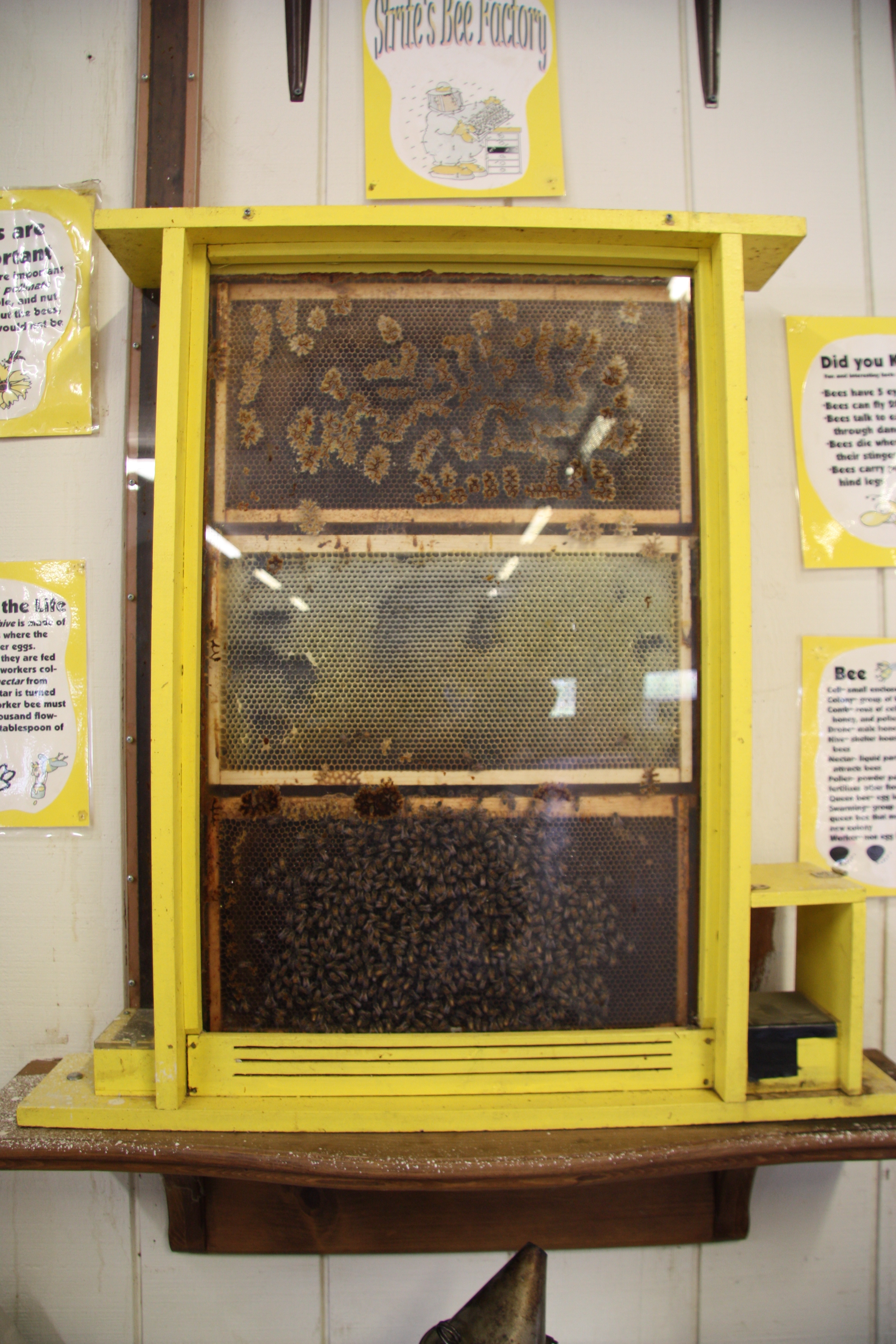 ProduceRx follows a CSA model.
ProduceRx follows a CSA model.
What is a CSA?
Community Supported Agriculture (CSA) is a way for consumers to buy local, seasonal produce directly from a farmer in their community. Think of it as a farm share. A farmer offers a certain number of “shares” to the public. Local consumers buy a share, thereby supporting the year’s crop with money up front for a membership. In exchange, each week during the growing season, they will receive a box of local, fresh, and seasonal produce directly from the farm.
Why CSA?
Nutrition, Health & Budget. In exchange for the price of a share, members receive whole, fresh, high-quality, nutrient-dense produce in a fashion that contributes to good health directly by increasing consumption of fruits and vegetables and indirectly by encouraging healthful eating behaviors and minimizing detractions. Increased servings of fresh produce, especially dark green vegetables, might displace servings of less healthful foods. Studies have found that members increase their intakes of fiber and vitamin A and decrease intake of saturated fat. Additionally, a CSA membership can decrease the number of food shopping trips to more conventional venues such as the supermarket, thus decreasing the number of opportunities to purchase less healthful foods on impulse and saving money. Researchers have demonstrated that fresh produce purchased through a CSA program is less expensive than the equivalent amount of produce purchased at a supermarket, regardless of whether the supermarket produce is grown using organic or conventional methods. Retrieving a weekly share often involves slowing down what might otherwise be a faster paced relationship with food, in which people tend to minimize the time they spend obtaining, preparing, and consuming food. Additional time is needed to prepare a weekly share for storage (ie, thorough washing, removing the occasional caterpillar, trimming greens, peeling, slicing, etc) than if produce is purchased prewashed and sliced in a package. CSA shares can include less familiar and less common vegetables with which members may have little prior experience.

Strites July share, 2017
Community & Economy. CSAs play an important role in the communities in which they exist by providing a venue for socially just food interactions. CSAs help the local farmers in several ways. Since subscriptions are generally marketed in January/February, the farmers get to spend their time in the fields during the growing season, instead of trying to generate business or sitting at a farmers market. The payment early in the season prevents accumulation of debt and helps them fund the crops that year – from seeds to improvements to the soil to new equipment. By paying ahead for a share of the harvest, members literally invest in the local landscape and the variety of foods it can seasonally provide. Members often have the opportunity to visit the farm where their food is being grown and thus the opportunity to know the source of their food and the person or people who produced it.
Family. CSAs are an amazing opportunity to get kids involved in their “food chain” – they get to meet the farmers, ask questions, learn about new vegetables and fruits, touch, see, and smell, learn colors and tastes, and more. The more they are invested in their food, getting to pick it up, help in the kitchen, meet the farmers, the more likely they will be to actually eat the stuff. Farms usually sponsor a couple “open house” events throughout the year for their CSA subscribers, which is a great chance to get to visit the farm, meet more of the workers, and see what else is growing. It’s a fun and educational family outing too. The kids love running around the fields, seeing the farm animals, and spending time in the sun. Because all produce is fresh, additional time is spent cooking or preparing meals than would be spent heating or reheating packaged convenience foods. Consequently, the process of incorporating a weekly share into a variety of meals can provide meaningful culinary experiences for members. A family is more likely to spend time together eating a meal that requires more effort to prepare. The quantity of food supplied by a weekly share is often in excess of what members can reasonably use, providing another valuable opportunity to share food with friends and neighbors or to experiment with the art of composting.

Beehive display at Strites’ Orchard
Seasonal & Environmental. If you’ve ever eaten a strawberry picked at the peak of its season, still warm from the early summer sun, then you know the wonderful, intoxicating deliciousness of seasonal produce. Contrast that: if you’ve ever been tempted to buy a strawberry from the grocery store in December, you remember what a bland, flavorless disappointment it was. There really is a difference when you eat produce in season.
By buying seasonally, you guarantee that the food is local. You’re not harming the environment by shipping the food thousands of miles (with all the carbon footprint that entails). You also are guaranteeing that you get the freshest, most nutritious and tasty food available.
- Strawberries @ Strites
- Strawberries @ Strites
- Strawberries @ Strites
Unable to get a “prescription” to participate in ProduceRx? Check out our list of local farms, farmer’s markets, and CSAs in the region!
Credit: Wharton, Christopher and Harmon, Alison (2009) ‘University Engagement Through Local Food Enterprise: Community-Supported Agriculture on Campus’, Journal of Hunger & Environmental Nutrition,4:2,112 — 128



